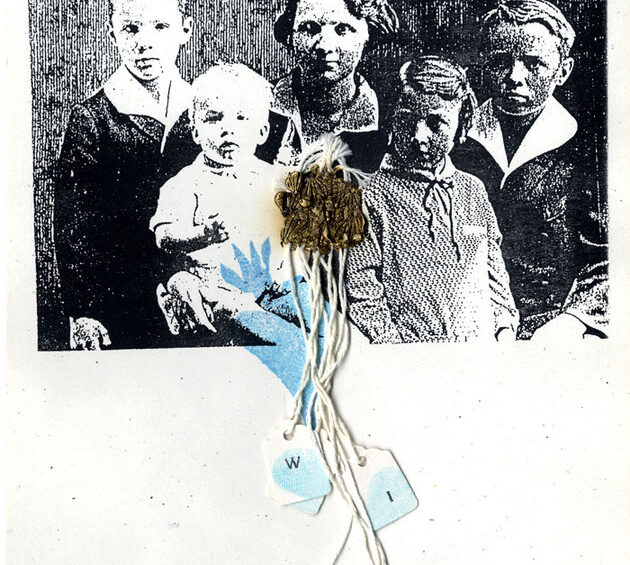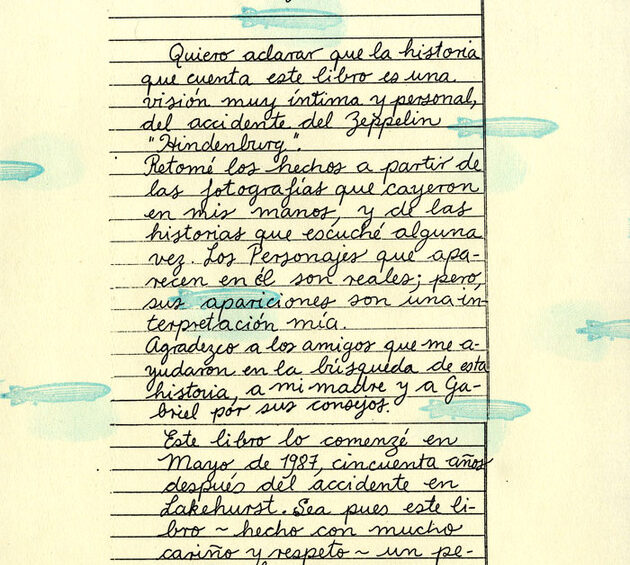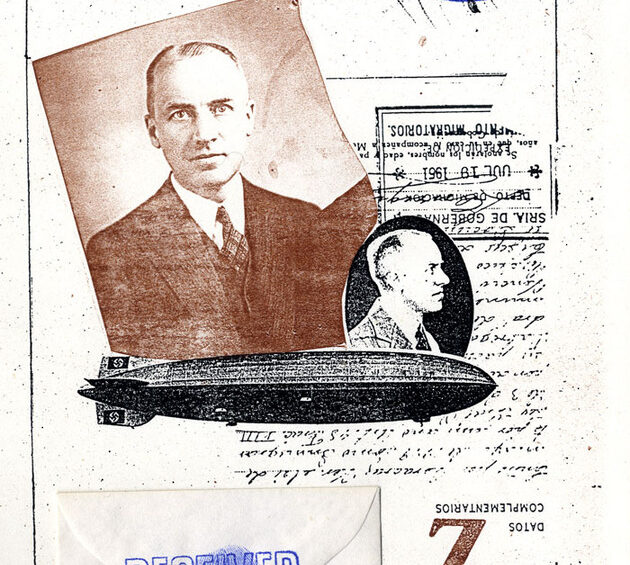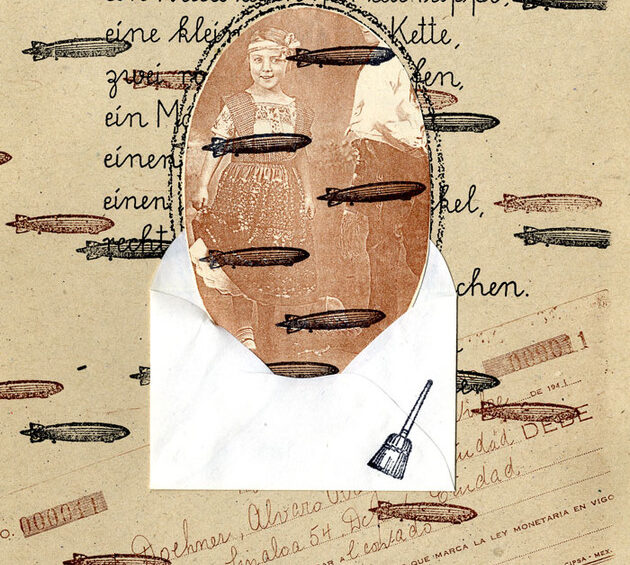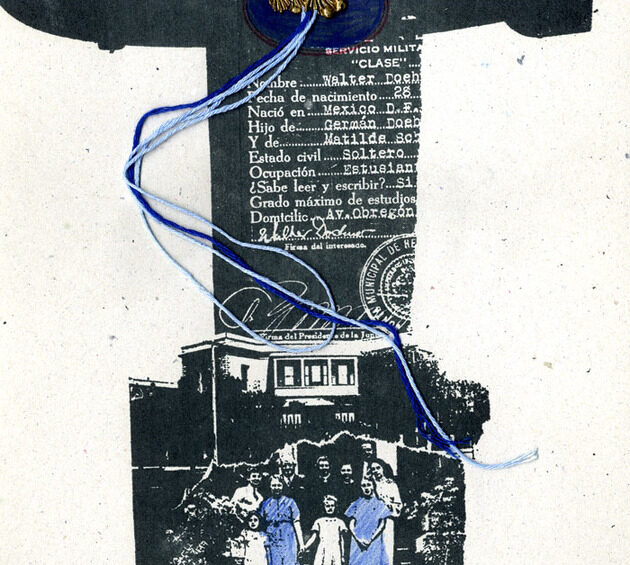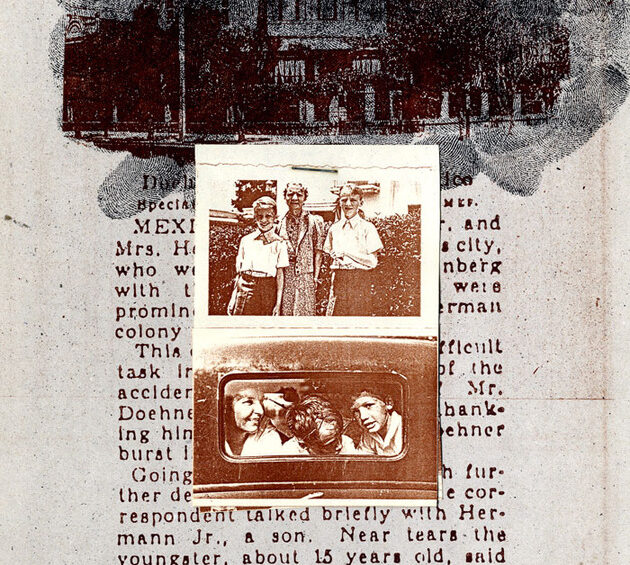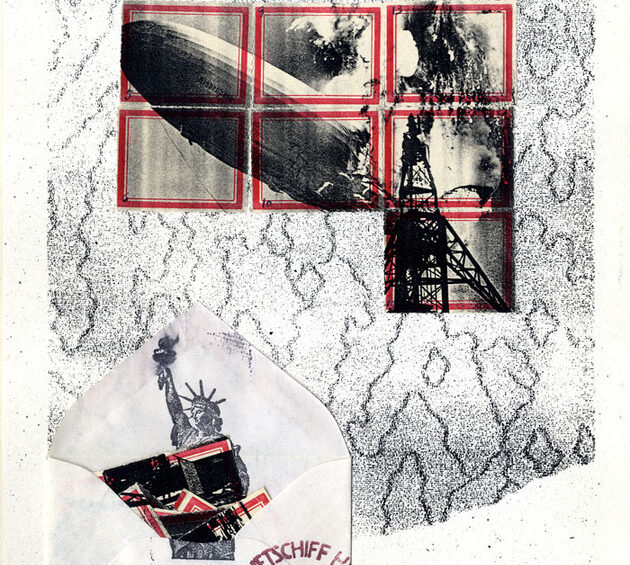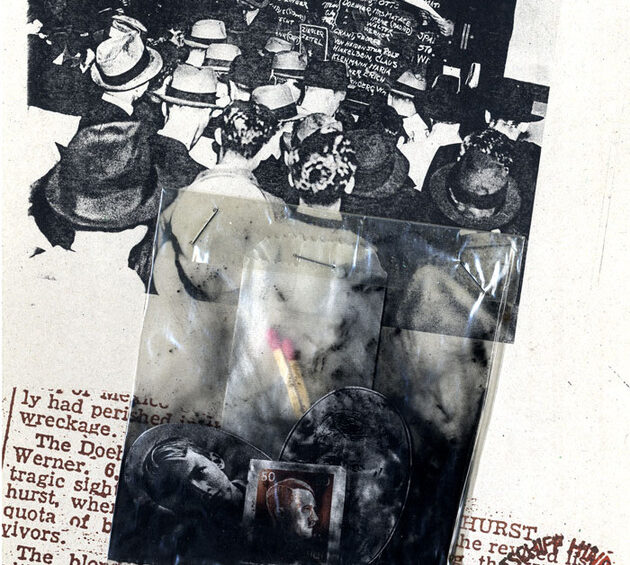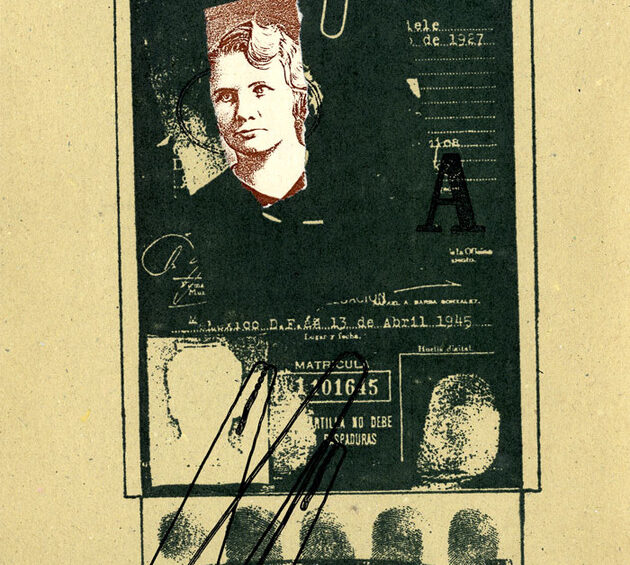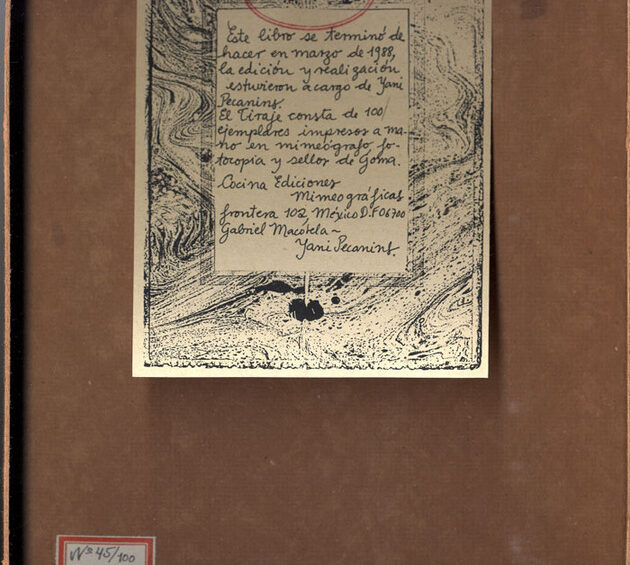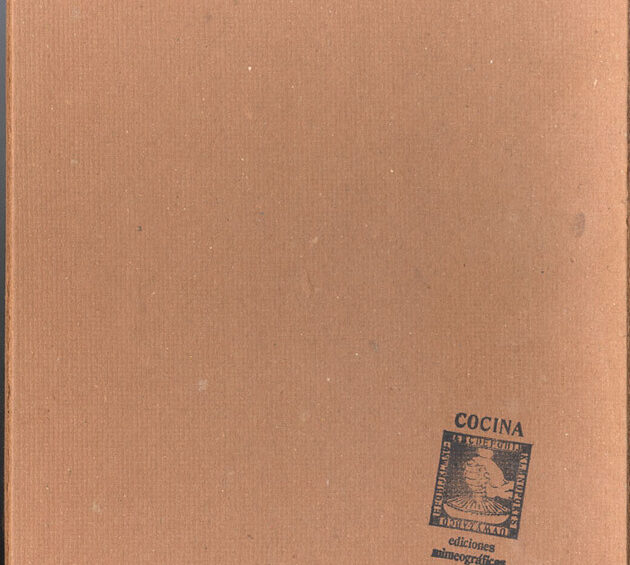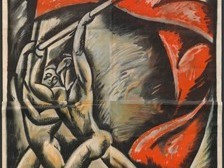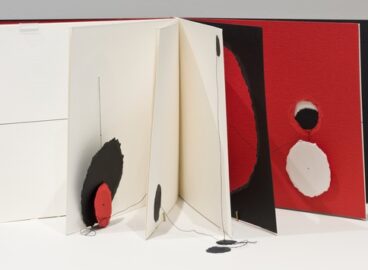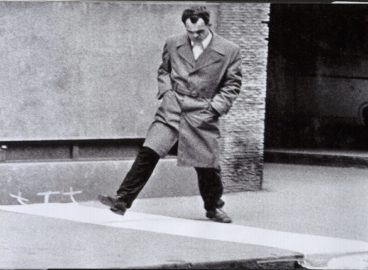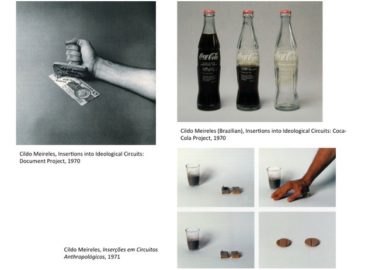The artists’ book movement in Mexico evolved as a “direct consequence of many complex circumstances in keeping with the mood of the times,”1Felipe Ehrenberg, Nancy Tousley, and Wendy Woon, Learn To Read Art: Artists’ Books (Hamilton, Ont.: Art Gallery of Hamilton, 1991), p. 20. according to Felipe Ehrenberg, an artist, writer, and neologist. Upon Ehrenberg’s return from exile in England—following the student massacres in 1968 in Mexico City, where he had initially begun producing mail art and artists’ books—he taught bookmaking with a small Gestetner machine, traveling all over Mexico with his best students and instructing people on how to found small presses by employing a basic copying machine as a tool. According to Ehrenberg, at a time when an unregistered mimeograph could land you in jail, book production in effect constituted a political gesture.2Ibid, p. 22.
Ediciones La Cocina, begun in the late 1970s by artists Yani Pecanins and Gabriel Macotela, was the most developed of the small publishers that proliferated around this time and it featured extended collaborations with artists and writers. La Cocina, or “the kitchen,” referred to the homemade quality of their books and publications, but also evokes a domain typically associated with women—not coincidentally, gender discourse and personal obsession figured prominently in many of their artists’ books. Pecanins studied bookbinding and printmaking, linotype in particular, in Barcelona and her books are influenced by her affinity for collecting small objects. Many of her books are object-driven, employing various materials, such as handkerchiefs on embroidery hoops (Miedo, 1990), irons (Humo, 1991), and boxes.
In 1985 Pecanins, Macotela, and artist and museographer Armando Saenz Carillo founded El Archivero (the Archive or Filing Cabinet), an almost decade-long project that became a major center for artists’ books in Mexico by effectively operating as a publisher, gallery, bookstore, and collection that promoted and sought markets for this alternative art form.
Un viaje en Zeppelin (Voyage in a Zeppelin) is one of Yani Pecanins’s most complex handmade books and exists in an edition of one hundred. This work came to MoMA’s artist’s book collection through the former library director Clive Phillpot, who had a passionate interest in artists’ books. The book is a personal and intimate history of the 1937 Hindenburg accident. Members of Pecanins’s father’s family, Mr. and Mrs. Hermann Doehner and three of their children who were prominent members of the German colony in Mexico City, were aboard the Hindenburg when it exploded at Point Pleasant, New Jersey, as it was completing a voyage that had begun in Germany. Mr. Doehner and his sixteen-year-old daughter perished, while Pecanins’s grandmother and the Doehners’s two sons, Walte and Werner, survived.
Begun in May 1987 and finished in March 1988, the book is a constructed cardboard box that contains a poetic visual journey made up of twenty-two individual loose pages, printed by hand and including mimeographs, photocopies, and rubber stamps. It also includes cutouts of a zeppelin and a paper suitcase with postcards inside. Folded maps, and diagrams of the zeppelin’s structure and components are inserted amid copies of family photographs, articles from newspapers about the accident, and handwritten and stamped letters by Pecanins; the pages are supplemented by wax and foil seals, stamped envelopes, string, paper tags, glassine bags, staples, matches, and black ash. Together, they produce an imaginative array of variations that tells a story that unfolds poetically, page by page and object by object, in a tactile, intimate, and personal way. It evokes the experience of coming across an assorted family history composed of photos, documents, and leftover matter, although these materials are beautifully coordinated in a sequence of small envelopes and suitcases that can be opened and explored.
Selected pages from Un viaje en Zeppelin (Voyage in a Zeppelin) in the collection of The Museum of Modern Art Library are included here.
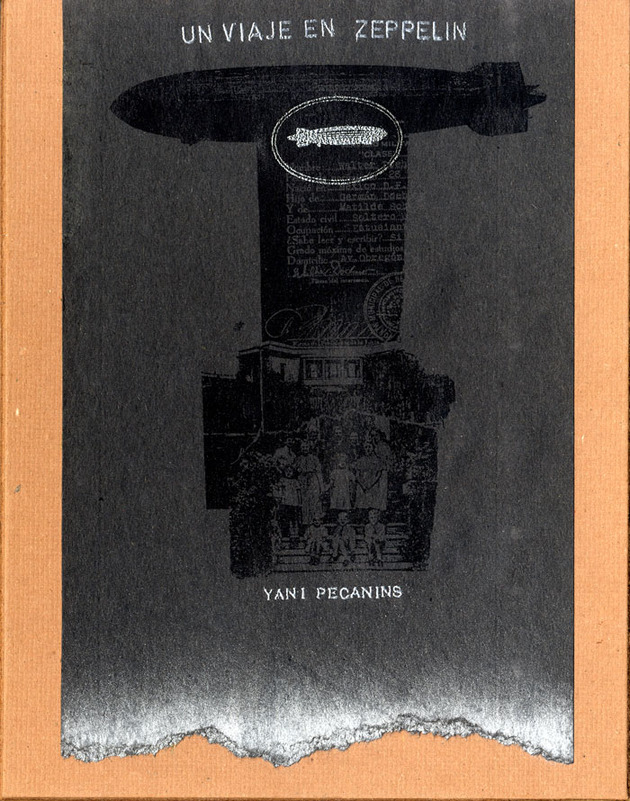
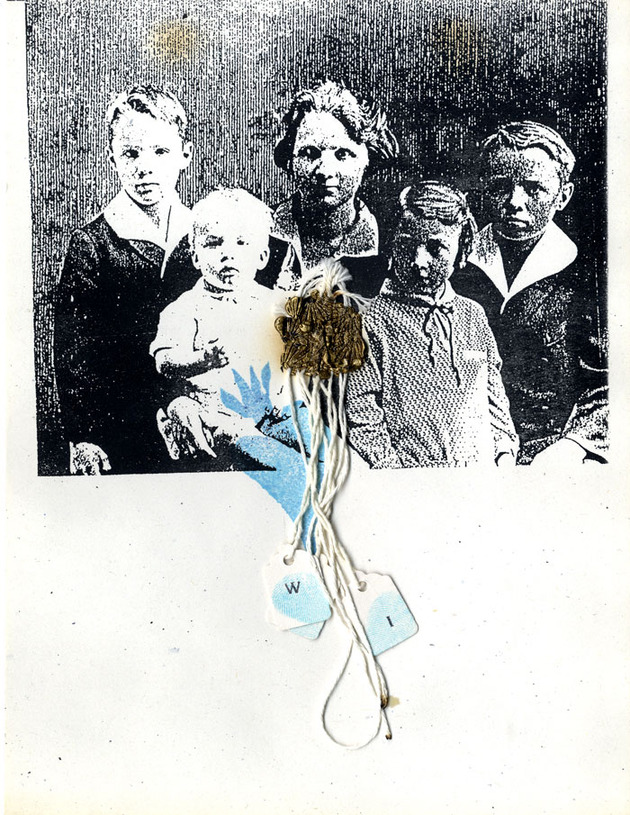
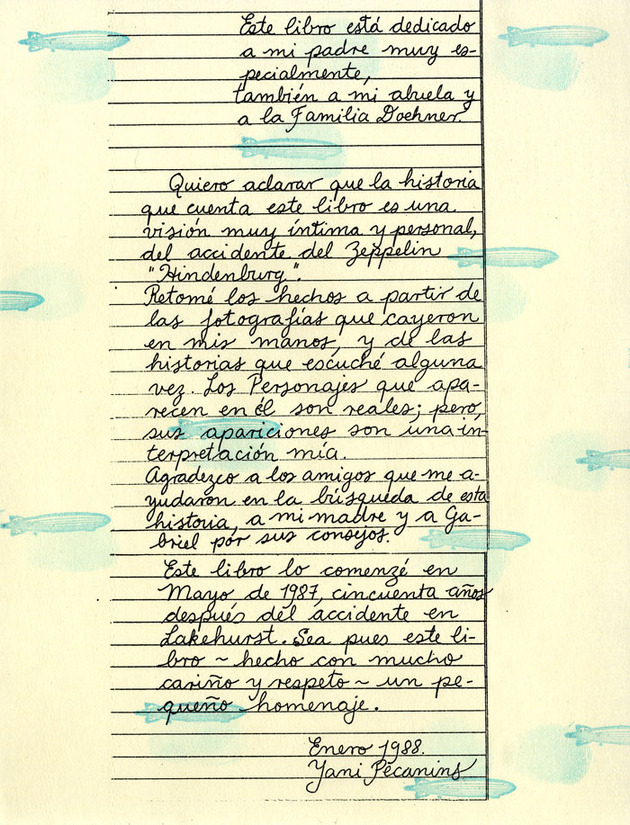
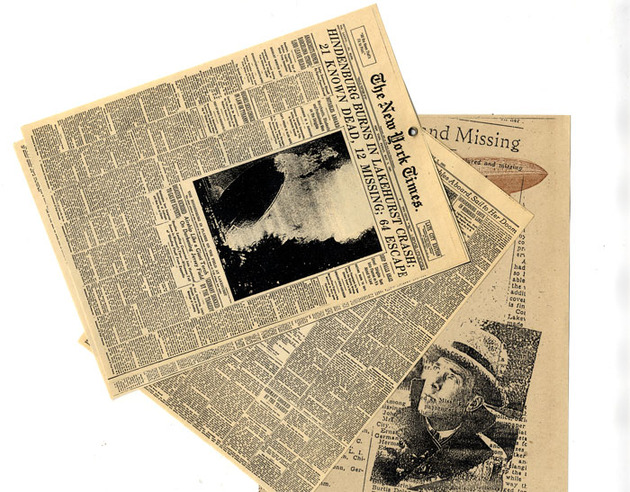
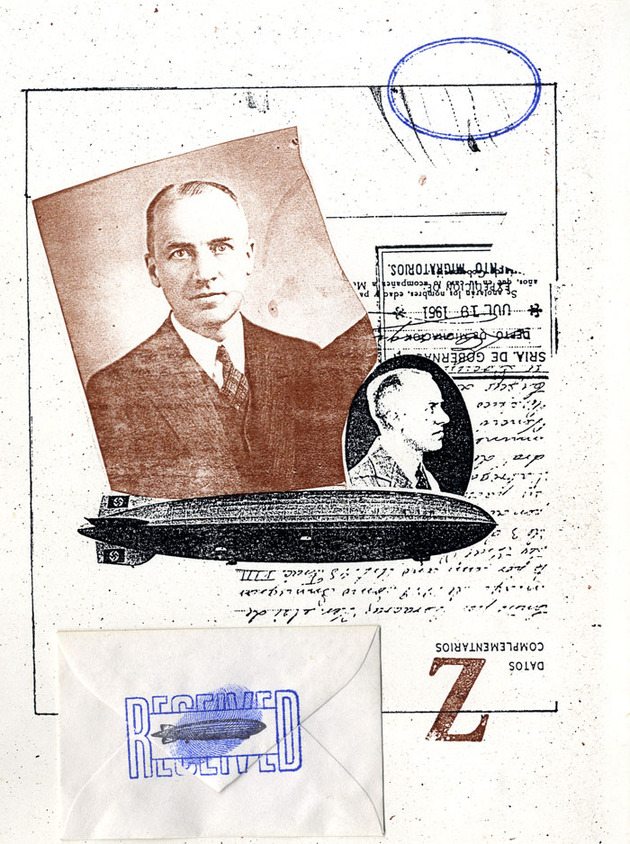
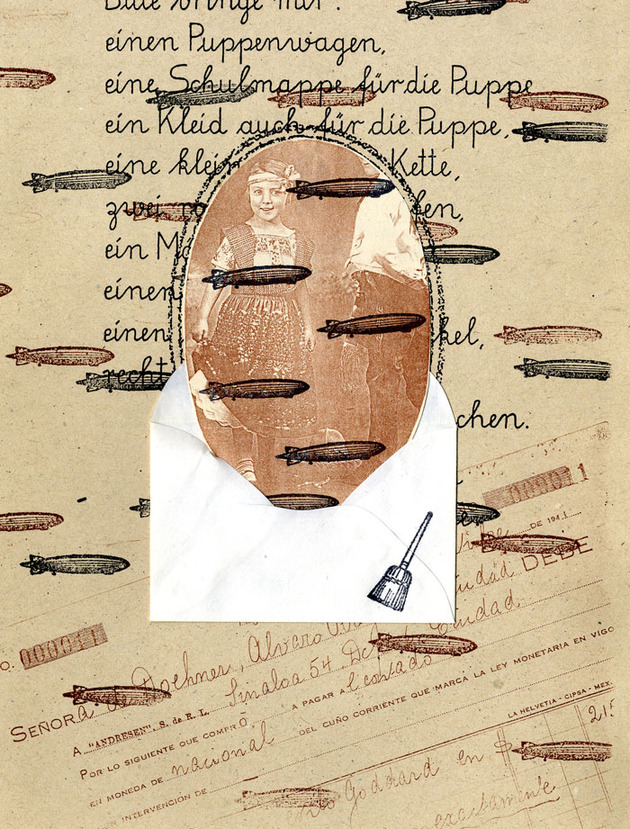
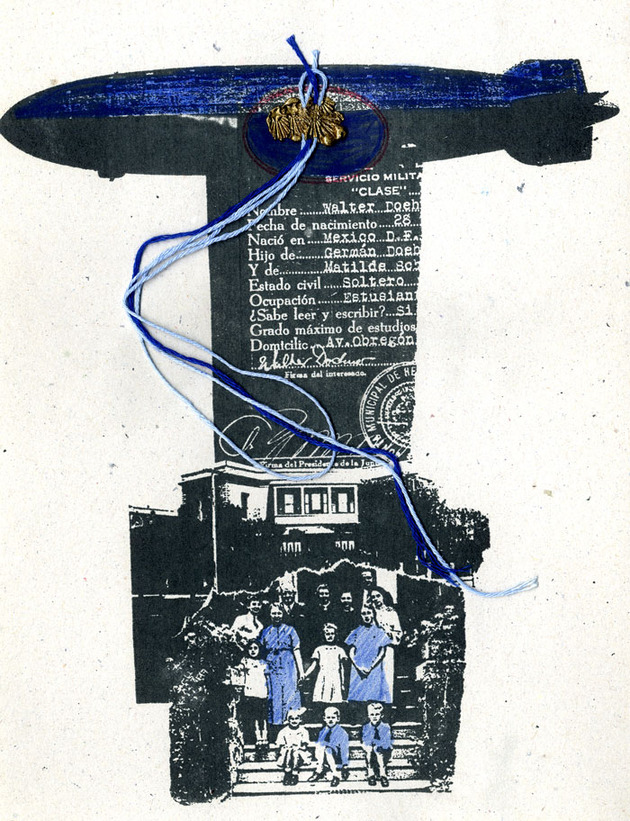
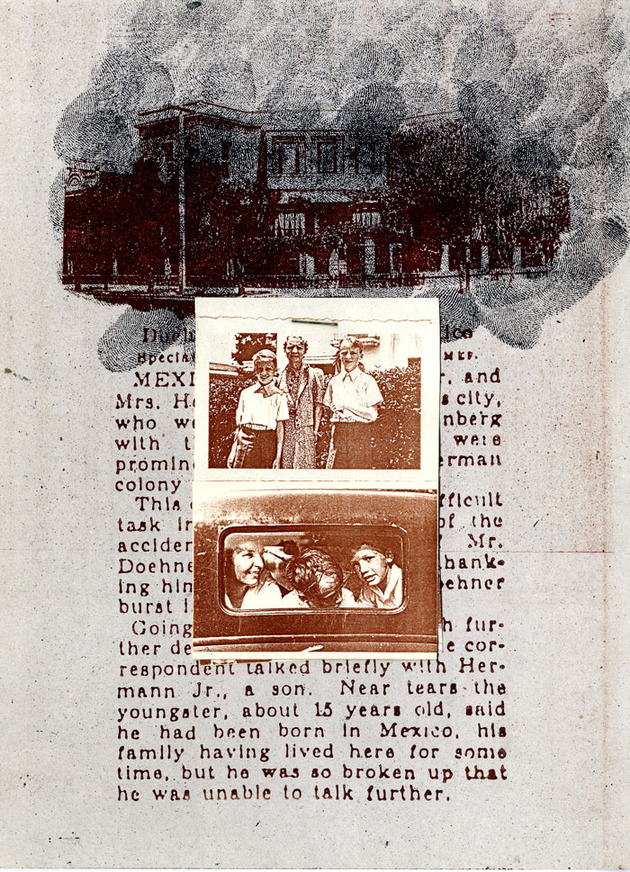
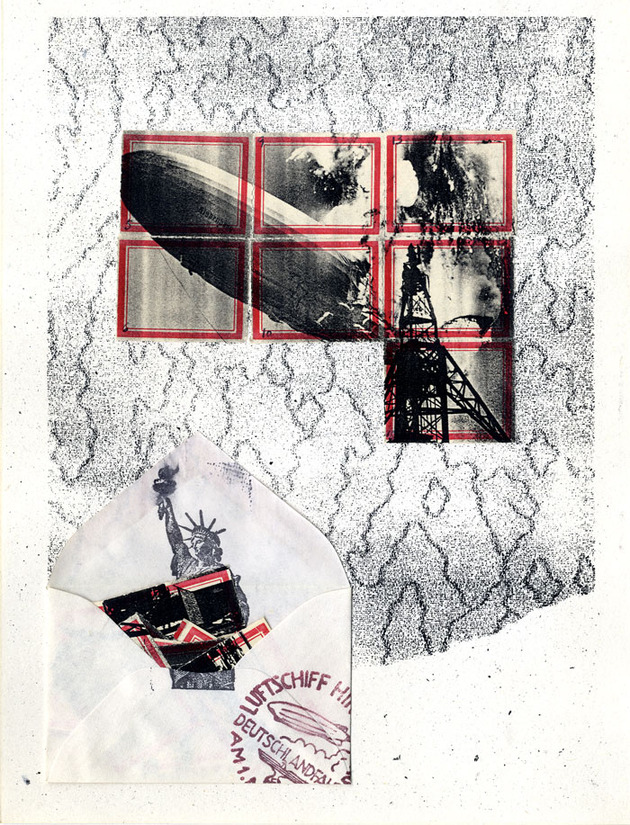
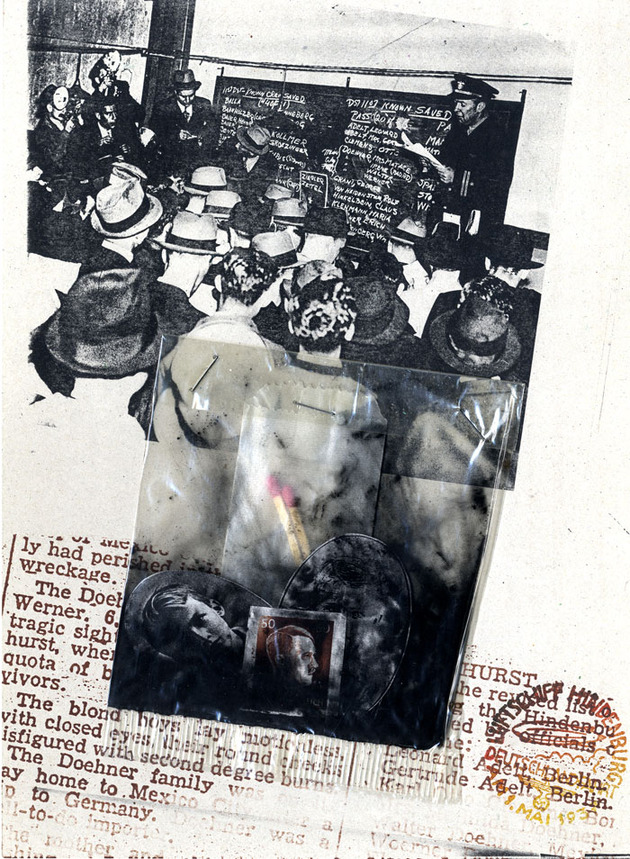
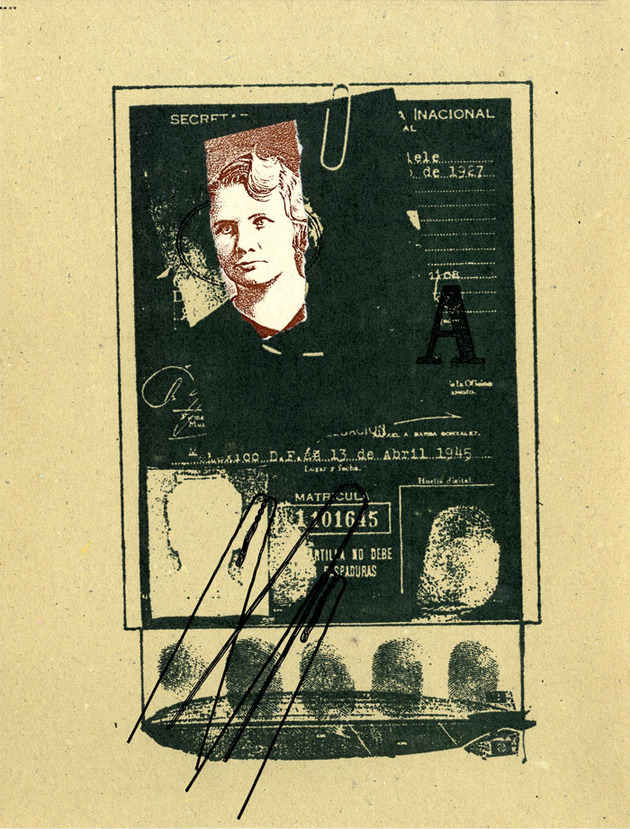
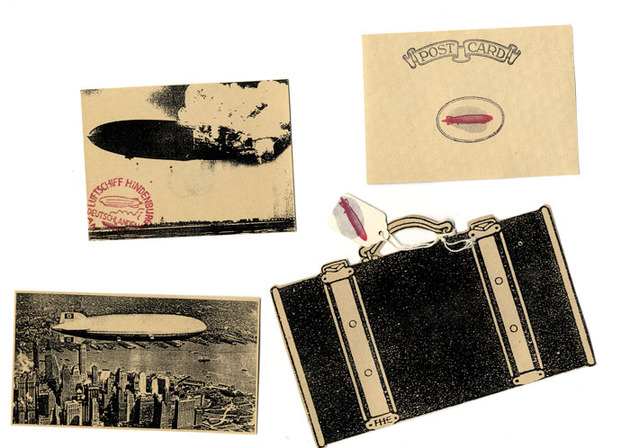
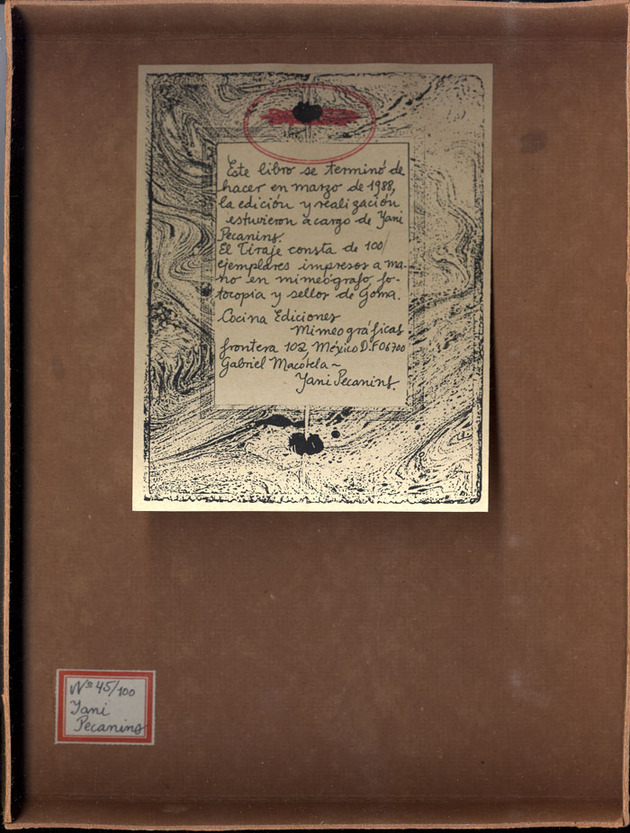
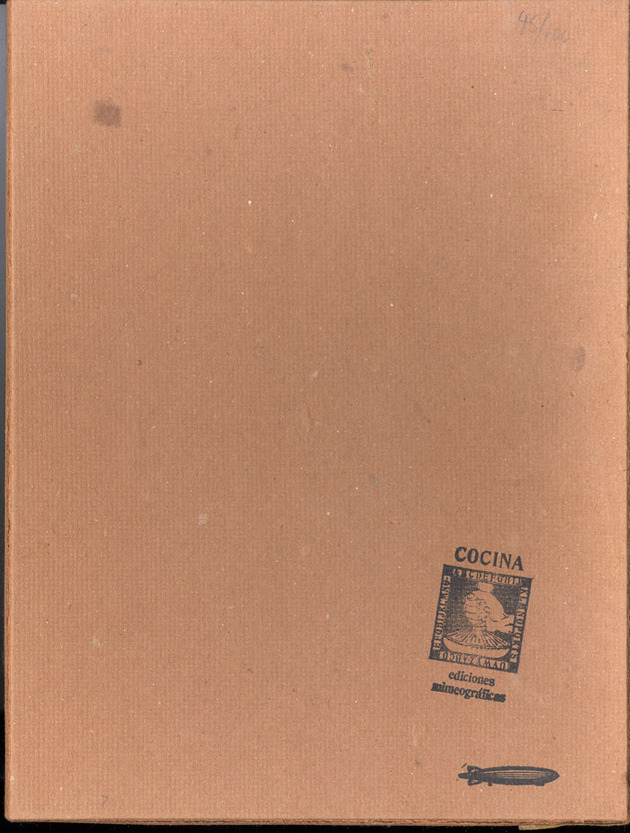
- 1Felipe Ehrenberg, Nancy Tousley, and Wendy Woon, Learn To Read Art: Artists’ Books (Hamilton, Ont.: Art Gallery of Hamilton, 1991), p. 20.
- 2Ibid, p. 22.
